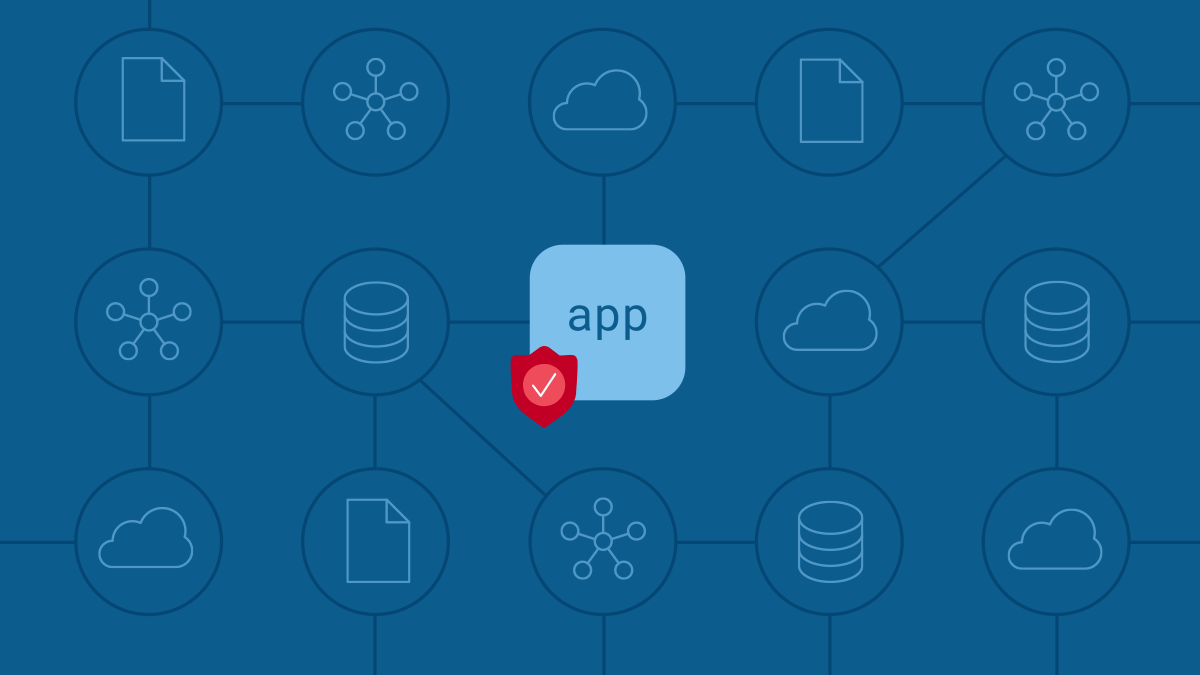Unlocking the potential of scalable and resilient software development.
Microservices architecture is an approach to software development that structures an application as a collection of small, loosely coupled services. Each service is responsible for a specific business capability and can be developed, deployed, and scaled independently. This architectural style offers several benefits, such as increased agility, scalability, and fault tolerance. However, deploying microservices comes with its own set of challenges, including service discovery, inter-service communication, data consistency, and managing the complexity of distributed systems. In this article, we will explore different deployment strategies for microservices and discuss the challenges associated with each approach.
Blue-Green Deployment: Advantages and Challenges in Microservices Architecture
Microservices architecture has gained significant popularity in recent years due to its ability to enhance scalability, flexibility, and maintainability of software systems. One of the key aspects of microservices architecture is the deployment strategy, which plays a crucial role in ensuring seamless updates and minimizing downtime. Blue-green deployment is one such strategy that has gained traction in the microservices world. In this article, we will explore the advantages and challenges associated with blue-green deployment in microservices architecture.
Blue-green deployment is a technique that allows for the simultaneous existence of two identical environments, referred to as blue and green. The blue environment represents the currently running version of the application, while the green environment represents the new version that is being deployed. This approach enables a seamless transition from the blue environment to the green environment, minimizing any potential disruptions to the end-users.
One of the key advantages of blue-green deployment is its ability to eliminate downtime during the deployment process. By having two identical environments, the green environment can be thoroughly tested and validated before switching the traffic from the blue environment. This ensures that any issues or bugs in the new version are identified and resolved before they impact the end-users. Additionally, if any critical issues are discovered during the deployment, rolling back to the blue environment is as simple as redirecting the traffic back to the previous version.
Another advantage of blue-green deployment is its ability to provide a quick and reliable rollback mechanism. In traditional deployment strategies, rolling back to a previous version can be a complex and time-consuming process. However, with blue-green deployment, rolling back is as simple as redirecting the traffic back to the blue environment. This allows for quick recovery in case of any unforeseen issues or failures in the new version.
Furthermore, blue-green deployment enables easy testing of the new version in a production-like environment. By having a separate green environment, developers and testers can perform extensive testing without impacting the live production environment. This ensures that the new version is thoroughly validated and ready for deployment before it is exposed to the end-users.
However, blue-green deployment also comes with its own set of challenges. One of the main challenges is the increased complexity of managing two identical environments. This requires additional resources and infrastructure to support the simultaneous existence of the blue and green environments. Additionally, ensuring data consistency between the two environments can be a challenging task, especially when dealing with databases and other shared resources.
Another challenge is the need for careful coordination and synchronization between the blue and green environments. Any configuration changes or updates made in one environment need to be replicated in the other environment to ensure consistency. This can be a time-consuming and error-prone process, especially in large-scale microservices architectures.
In conclusion, blue-green deployment offers several advantages in microservices architecture, including seamless updates, minimal downtime, and quick rollback mechanisms. However, it also presents challenges in terms of managing two identical environments and ensuring synchronization between them. Despite these challenges, blue-green deployment remains a popular choice for organizations looking to deploy their microservices applications with minimal disruptions and maximum reliability.
Canary Release: A Reliable Deployment Strategy for Microservices Architecture
Canary Release: A Reliable Deployment Strategy for Microservices Architecture
Microservices architecture has gained significant popularity in recent years due to its ability to enhance scalability, flexibility, and maintainability of software systems. However, deploying microservices can be a complex task, requiring careful planning and consideration of various deployment strategies. One such strategy that has proven to be reliable is the Canary Release.
The Canary Release strategy involves deploying a new version of a microservice to a small subset of users or servers, while the majority of the users continue to use the older version. This allows for testing and validation of the new version in a controlled environment, minimizing the impact of any potential issues or bugs. If the new version performs well and meets the desired criteria, it can then be gradually rolled out to the rest of the users or servers.
One of the key advantages of the Canary Release strategy is its ability to minimize the risk associated with deploying new versions of microservices. By initially releasing the new version to a small subset of users, any issues or bugs can be identified and addressed before impacting a larger user base. This helps to ensure a smooth and seamless transition to the new version, minimizing downtime and user dissatisfaction.
Furthermore, the Canary Release strategy allows for real-time monitoring and performance evaluation of the new version. By closely monitoring the behavior and performance of the canary group, any anomalies or performance degradation can be quickly identified and addressed. This enables organizations to make data-driven decisions regarding the release of the new version, ensuring that it meets the desired performance and reliability standards.
Implementing the Canary Release strategy requires careful planning and coordination. It is essential to define clear criteria for evaluating the performance and success of the new version. This may include metrics such as response time, error rates, and user satisfaction. Additionally, organizations must establish a robust monitoring and alerting system to promptly identify any issues or anomalies.
Another challenge in implementing the Canary Release strategy is managing the infrastructure required to support multiple versions of a microservice simultaneously. This may involve setting up separate environments or utilizing containerization technologies such as Docker or Kubernetes. It is crucial to ensure that the infrastructure can handle the increased load and complexity associated with running multiple versions concurrently.
In addition to technical challenges, organizations must also consider the impact on their development and release processes. The Canary Release strategy requires a shift towards continuous integration and deployment practices, enabling frequent and automated deployments of new versions. This may require changes to existing development workflows and the adoption of tools and technologies that support continuous integration and deployment.
Despite these challenges, the Canary Release strategy offers significant benefits for organizations adopting microservices architecture. It provides a reliable and controlled approach to deploying new versions, minimizing the risk of disruptions and ensuring a smooth transition for users. By closely monitoring the performance of the canary group, organizations can make informed decisions regarding the release of new versions, ultimately improving the overall quality and reliability of their software systems.
In conclusion, the Canary Release strategy is a reliable deployment strategy for microservices architecture. It allows for controlled testing and validation of new versions, minimizing the risk of disruptions and ensuring a smooth transition for users. By closely monitoring the performance of the canary group, organizations can make data-driven decisions regarding the release of new versions, ultimately improving the overall quality and reliability of their software systems. While implementing the Canary Release strategy may present challenges, the benefits it offers make it a valuable strategy for organizations embracing microservices architecture.
Challenges and Best Practices for Rolling Updates in Microservices Architecture
Challenges and Best Practices for Rolling Updates in Microservices Architecture
Rolling updates are a crucial aspect of microservices architecture, allowing organizations to deploy new features and bug fixes without disrupting the entire system. However, this process comes with its own set of challenges and best practices that need to be considered for a successful update.
One of the main challenges in rolling updates is ensuring zero downtime during the deployment process. In a microservices architecture, where multiple services are running independently, it becomes essential to update each service without affecting the overall system availability. This requires careful planning and coordination to minimize any potential disruptions.
To achieve zero downtime, organizations often adopt a rolling deployment strategy. This strategy involves updating services one by one, while the rest of the system continues to function normally. By gradually updating services, organizations can ensure that the system remains operational throughout the deployment process.
However, rolling updates can be complex, especially when dealing with interdependent services. In a microservices architecture, services often rely on each other to function properly. Updating one service may require updating its dependencies as well. This can create a chain of updates that need to be carefully managed to avoid any compatibility issues or service disruptions.
To address this challenge, organizations should establish a clear dependency management strategy. This involves identifying the dependencies between services and planning the order in which they should be updated. By carefully managing dependencies, organizations can minimize the risk of compatibility issues and ensure a smooth rolling update process.
Another challenge in rolling updates is maintaining data consistency. In a distributed system like microservices architecture, data is often spread across multiple services. Updating a service may require modifying the underlying data, which can impact other services that rely on that data. Ensuring data consistency during updates is crucial to avoid any data corruption or inconsistencies.
To maintain data consistency, organizations should implement proper data migration and versioning strategies. This involves carefully planning how data will be migrated during updates and ensuring that all services are compatible with the new data schema. By following best practices for data migration, organizations can minimize the risk of data corruption and ensure a smooth transition during rolling updates.
Furthermore, organizations should also consider the impact of rolling updates on performance and scalability. Updating services one by one can put additional load on the remaining services, potentially affecting their performance. This can be particularly challenging in high-traffic systems where maintaining performance is crucial.
To address this challenge, organizations should carefully monitor the system during rolling updates and scale resources accordingly. This may involve dynamically allocating additional resources to handle the increased load during updates. By closely monitoring performance and scalability, organizations can ensure that the system remains responsive and stable throughout the deployment process.
In conclusion, rolling updates are an essential part of microservices architecture, allowing organizations to deploy new features and bug fixes without disrupting the entire system. However, this process comes with its own set of challenges that need to be carefully addressed. By following best practices for rolling updates, such as managing dependencies, maintaining data consistency, and monitoring performance, organizations can ensure a smooth and successful deployment process.In conclusion, microservices architecture offers several benefits such as scalability, flexibility, and ease of maintenance. However, deploying microservices can be challenging due to the complexity of managing multiple services, ensuring communication between them, and handling dependencies. Various deployment strategies such as containerization, serverless computing, and service mesh can be employed to address these challenges. It is crucial to carefully consider the specific requirements and constraints of the application before choosing a deployment strategy for microservices architecture.




